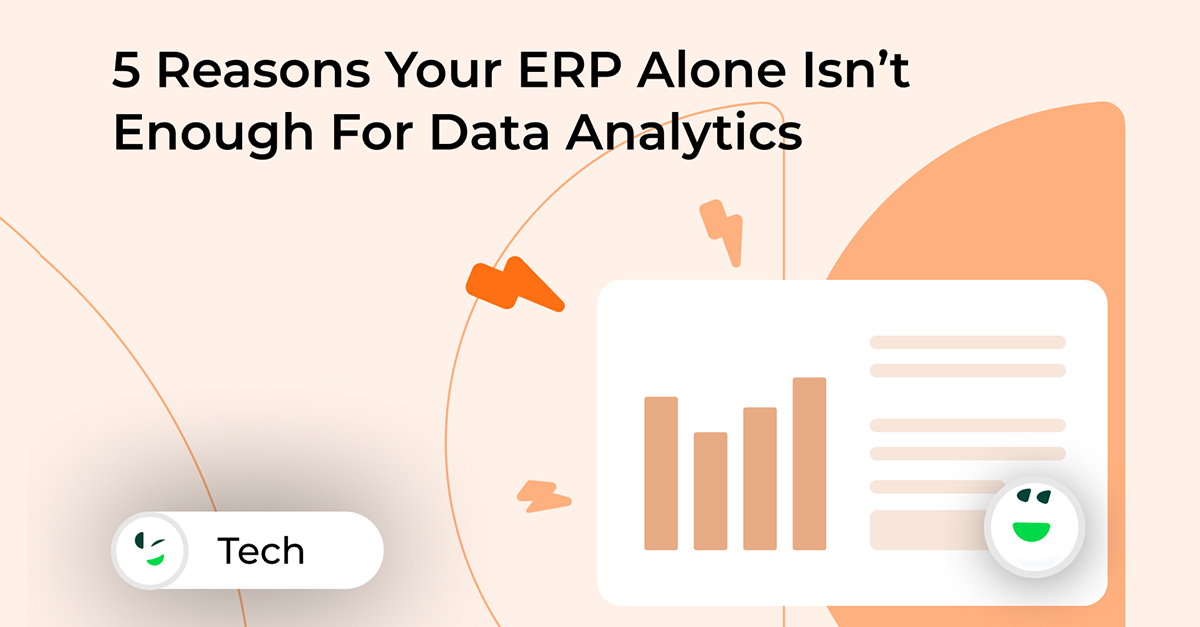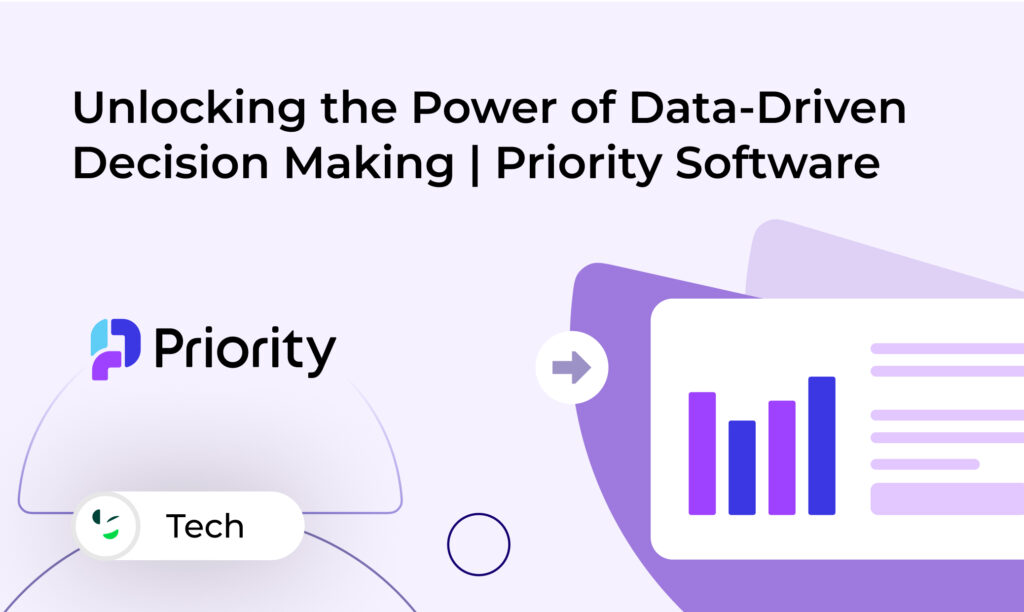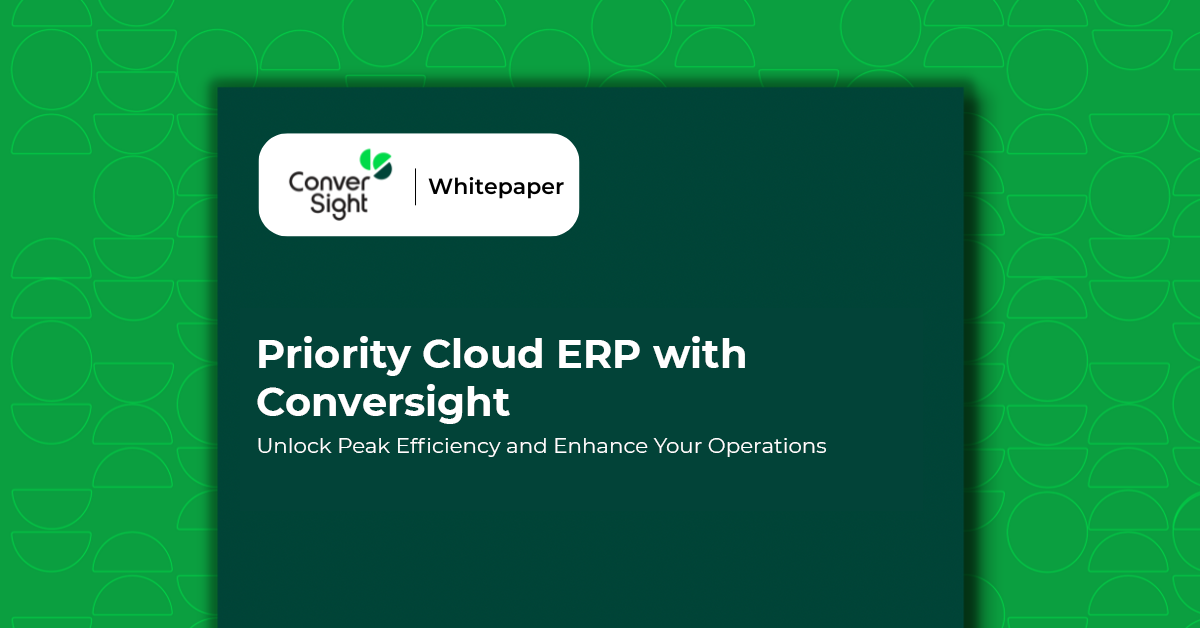
Accurate forecasting is a key factor that differentiates successful companies from their competitors. Whether it’s predicting customer demand, managing inventory levels, or forecasting sales and revenue, having the ability to make informed predictions is essential for staying ahead of market trends and optimizing business operations. Priority Software, a leading ERP system, offers powerful tools for forecasting that can help businesses streamline their processes and make more data-driven decisions.
In this blog post, we will dive into the topic of Priority Software Forecasting, exploring how businesses can leverage its features to enhance their forecasting capabilities. We’ll cover the following topics:
- What is Priority Software?
- How to forecast with Priority Software
- Priority Software Demand Planning
- Priority Software Data Visualization
By the end of this article, you’ll have a deeper understanding of how Priority Software can help your business forecast more accurately, improve decision-making, and drive business growth.
What is Priority Software?
Priority Software is a robust, all-in-one ERP platform designed to streamline business operations and provide real-time insights. Founded in 1986, Priority Software has grown into a comprehensive solution that integrates various business functions such as financial management, supply chain, HR, manufacturing, and sales. The system is highly flexible, allowing organizations of different sizes and industries to tailor the software to their specific needs.
Priority Software has a reputation for being user-friendly, with a customizable interface that enables businesses to automate processes, manage operations efficiently, and gain insights through real-time data. The system is available both as a cloud-based solution and an on-premise application, giving businesses the flexibility to choose the deployment method that best fits their needs.
Key features of Priority Software include:
- Comprehensive ERP modules: Finance, HR, procurement, manufacturing, logistics, and more.
- Real-time data access: Immediate visibility into operations, sales, inventory, and financials.
- Automation: Built-in tools to automate key tasks, workflows, and reporting processes.
- Customizability: Users can tailor dashboards, workflows, and reports to meet the unique needs of their business.
- Forecasting capabilities: Advanced forecasting tools to help businesses predict demand, optimize inventory, and manage resources effectively.
Priority Software is widely used across industries such as manufacturing, retail, logistics, and distribution, making it an ideal solution for businesses looking to improve their forecasting and planning processes.
How to Forecast with Priority Software
Forecasting within Priority Software is a powerful tool for businesses looking to predict future demand, sales, inventory levels, and other critical metrics. Forecasting allows companies to plan ahead, make informed decisions, and optimize resources. The process of forecasting in Priority Software typically involves historical data analysis, trend identification, and predictive algorithms.
Steps to Forecast with Priority Software
- Data Collection and Integration: Before you can start forecasting, it is essential to gather historical data. Priority Software collects a wealth of information across various modules such as sales orders, inventory, and production. This data is crucial for identifying past trends and creating accurate predictions. Priority integrates data from all of these sources in real-time, ensuring that your forecasts are based on up-to-date and reliable information.
- Identifying Forecasting Parameters: Once the data is gathered, you need to identify the specific parameters you want to forecast. For instance, if you’re forecasting demand, you may want to track historical sales patterns, customer buying behavior, and seasonality. For inventory forecasting, you might consider factors such as lead times, order frequency, and inventory turnover.
- Applying Forecasting Models: Priority Software offers a range of forecasting models that can help you predict future trends based on historical data. Some common forecasting models used in Priority Software include:
- Moving Average: This method smooths out fluctuations in data by averaging values over a set time period. It’s useful for identifying long-term trends.
- Exponential Smoothing: This technique gives more weight to recent data points, making it ideal for short-term forecasting where recent trends are more relevant.
- Linear Regression: This method uses historical data to establish a relationship between different variables, such as sales and time, to forecast future performance.
- Seasonal Models: If your business experiences seasonal fluctuations, Priority Software can apply seasonal forecasting models that account for predictable patterns in demand throughout the year.
- Forecasting Demand and Inventory Levels: One of the most critical aspects of forecasting is predicting demand accurately. Priority Software offers powerful tools that help businesses forecast product demand based on historical sales data, market trends, and customer behaviors. This can help companies avoid stockouts, overstocking, and improve overall inventory management.
- Monitoring and Adjusting Forecasts: Forecasting is not a one-time activity; it is an ongoing process that requires regular updates. As market conditions change, it’s important to monitor the accuracy of your forecasts and adjust them as needed. Priority Software enables businesses to track forecast accuracy by comparing predicted values with actual outcomes and making necessary adjustments.
- Automation of Forecasting: One of the key benefits of Priority Software is its ability to automate forecasting processes. Once you’ve set up your forecasting parameters and models, you can schedule regular forecast updates. The system will automatically generate new forecasts based on the most recent data and trends, saving time and reducing the risk of human error.
By leveraging Priority Software’s forecasting tools, businesses can make more accurate predictions, optimize inventory levels, and ensure that they are prepared for future demand.
Priority Software Demand Planning
Demand planning is a key component of forecasting and involves ensuring that an organization has the right amount of product available to meet customer demand while minimizing excess inventory. Accurate demand planning is crucial for maintaining the right balance between supply and demand, reducing stockouts, and optimizing working capital.
Priority Software’s demand planning module integrates with other ERP functions, such as sales, inventory, and procurement, to provide a holistic view of demand across the organization. Let’s explore how businesses can use Priority Software for demand planning:
Key Features of Priority Software Demand Planning
- Sales Forecasting: Priority Software helps businesses create sales forecasts by analyzing historical sales data and considering external factors such as market trends, seasonal fluctuations, and promotional campaigns. The system can automatically generate sales forecasts for different time periods, whether it’s weekly, monthly, or quarterly. These forecasts can then be used as a foundation for inventory and production planning.
- Inventory Optimization: Demand planning is closely tied to inventory management. By forecasting demand accurately, businesses can ensure that they have the right amount of stock available without overstocking. Priority Software helps companies manage inventory levels by integrating demand forecasts with supply chain and production schedules. The system can automatically reorder products when stock levels fall below the desired threshold, reducing the risk of stockouts and excess inventory.
- Collaborative Planning: Priority Software allows businesses to collaborate on demand planning across different departments, including sales, marketing, procurement, and production. This ensures that all teams are aligned on demand forecasts and can plan accordingly. For example, the sales team can provide insights into upcoming promotions or expected changes in customer demand, while the procurement team can adjust purchase orders based on forecasted requirements.
- Scenario Planning: Demand planning often involves preparing for different scenarios. Priority Software enables businesses to create multiple forecast scenarios based on different assumptions, such as changes in customer demand, supplier delays, or economic shifts. This allows businesses to evaluate the potential impact of different scenarios and develop contingency plans to mitigate risks.
- Demand-Driven Replenishment: Priority Software’s demand planning tools can also help businesses manage their replenishment processes. By using demand-driven replenishment, businesses can automate the process of ordering and restocking inventory based on forecasted demand. This ensures that the right products are always available when needed, reducing the risk of stockouts while minimizing excess inventory.
Benefits of Demand Planning with Priority Software
- Reduced Stockouts: By accurately forecasting demand, businesses can avoid running out of stock, ensuring that customers’ needs are met without interruption.
- Optimized Inventory: Demand planning helps maintain optimal inventory levels, reducing the need for excessive stock and minimizing carrying costs.
- Improved Supplier Relationships: Accurate demand forecasts enable businesses to collaborate more effectively with suppliers, ensuring timely deliveries and better terms.
- Increased Customer Satisfaction: Proper demand planning leads to better product availability, which improves customer satisfaction and loyalty.
Priority Software Data Visualization
Data visualization is the process of presenting data in a graphical or visual format to help stakeholders easily understand trends, patterns, and insights. For businesses using Priority Software, data visualization plays a critical role in making forecasting and demand planning more actionable and accessible.
Priority Software offers powerful data visualization tools that enable businesses to create intuitive dashboards, charts, and reports. These visual representations of data make it easier for decision-makers to interpret complex information and make informed decisions. Here’s how data visualization in Priority Software can enhance forecasting and demand planning:
Key Features of Data Visualization in Priority Software
- Custom Dashboards: Priority Software allows businesses to create custom dashboards that display the most relevant metrics for forecasting and demand planning. These dashboards can include sales trends, inventory levels, order statuses, and more. By visualizing this data in real-time, decision-makers can quickly identify trends, spot issues, and make adjustments as needed.
- Interactive Reports: Priority Software’s data visualization tools allow users to generate interactive reports that can be drilled down into for more detailed insights. For instance, users can click on a sales forecast to see the underlying factors driving that forecast, such as product performance or regional demand. Interactive reports provide a deeper level of insight and enable businesses to analyze data from different perspectives.
- Charts and Graphs: Priority Software offers a wide range of charting and graphing options, such as bar charts, line graphs, pie charts, and heat maps, to represent key forecasting data. These visual tools make it easier to identify trends, seasonal patterns, and anomalies in demand, helping businesses make data-driven decisions.
- Real-Time Analytics: Real-time data visualization allows businesses to stay updated on the latest trends and forecasts. As new data is entered into the system, the visualizations automatically update, ensuring that decision-makers always have access to the most current information.
- Performance Tracking: Data visualization tools in Priority Software can also be used to track the accuracy of forecasts and performance against targets. By visualizing forecasted vs. actual data, businesses can assess the effectiveness of their forecasting models and make improvements over time.
Benefits of Data Visualization for Forecasting and Demand Planning
- Improved Decision-Making: Visualizing data helps decision-makers quickly understand trends and patterns, leading to faster and more accurate decisions.
- Easier Data Interpretation: Complex data can be difficult to interpret. Data visualization simplifies this process, making it more accessible to both technical and non-technical users.
- Real-Time Insights: Real-time data visualizations enable businesses to respond quickly to changes in demand, sales, or inventory levels.
- Increased Collaboration: Visual data reports make it easier for teams to collaborate, ensuring that all departments are on the same page and working toward the same goals.
Conclusion
Effective forecasting is essential for business success, and Priority Software offers powerful tools that can help companies improve their forecasting accuracy, optimize inventory, and plan for future demand. Whether it’s through demand planning, data visualization, or predictive analytics, Priority Software empowers businesses to make informed, data-driven decisions that drive growth and profitability.
By integrating forecasting into their daily operations, businesses can not only improve their supply chain and inventory management but also enhance customer satisfaction, reduce costs, and gain a competitive edge in the market. With the flexibility and automation offered by Priority Software, companies can embrace forecasting as a key driver of their overall business strategy.


